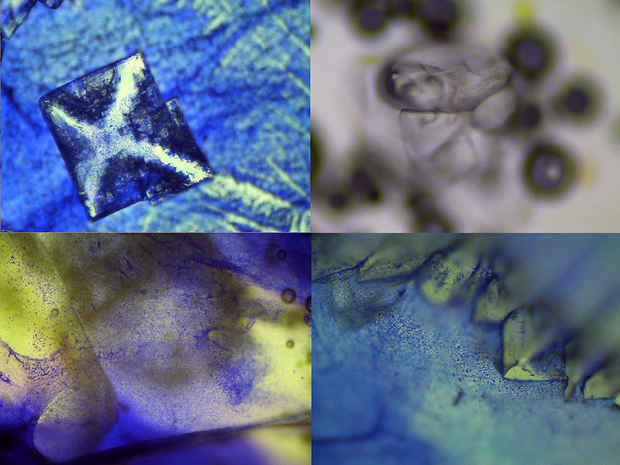“I Contain Multitudes” Exhibition
Klaus von Nichtssagend Gallery

This event has ended.
The microbiome — all the bacteria, fungi, protozoa and viruses that cohabitate our genetic biomass, actually outweigh us by volume, some estimate that there are over 10 times as many microbial cells than human cells in and on each one of us. The microbiome is invisible to the eye but visible to our sense of smell, taste and touch, and visible in human culture as well. From the foods that we eat and the ways we digest, to the ways we process and interpret information and construct identity, and to whom we are attracted, the microbiome is influencing us and participating in our relations to the world. This show seeks to explore ways that several artists have pointed to, cooperated, or worked in tandem with microbial life in the making and context of works of art and culture. The title originally comes from “Song of Myself, 51” by Walt Whitman, and more recently used by science writer Ed Yong to title his book about the microbiome
Jules Gimbrone works from a platform of diffused subjectivity, looking to a confluence of biology, technology and social structures to examine what they call “Trans-Sensing” modalities. Their work in this show brings together a mirrored sheet of copper, projected images of microscopic phenomena, and melting block of ice containing t-shirts worn and sweated into by an array of Gimbrone’s Trans friends and acquaintances.
Tiffany Jaeyeon Shin’s work develops process-based narratives around the porous boundaries between the body, living processes, and histories of societal power dynamics. Their work in this show will develop a “symbiotic culture of bacteria and yeast”, or Scoby, of Kombucha onto tea, sugar, and critical essays examining topics spanning colonialism, imperial trade, to scientific taxonomy. The bacterial culture will grow and change throughout the exhibition, invoking the passage of time and entropy. Additionally, Shin has developed a “care package” editioned work as an extension of a network of care.
Jennifer Sirey’s sculptures incorporate colonies of acetobacter (“Mother of Vinegar”) bacteria grown on alcoholic liquids as one element amongst glass, vinegar, silicone, and wax to create formal compositions. Her sculptures use these organic materials grown in a kind of “casting” process within geometric glass tanks, and look to the language of abstract painting with the new conceit of executing works with living form.
Media
Schedule
from January 15, 2021 to February 20, 2021